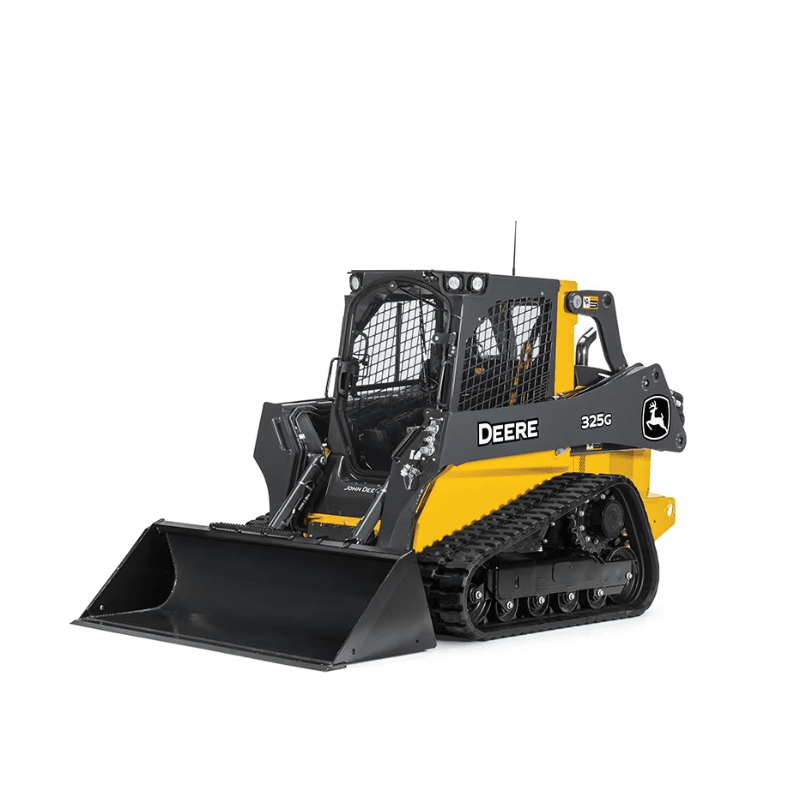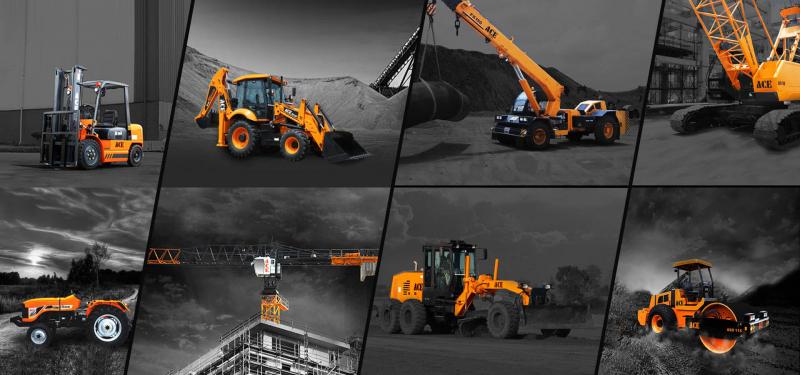Construction Equipment Rentals: Heavy Duty Equipment for Your Tasks
Construction Equipment Rentals: Heavy Duty Equipment for Your Tasks
Blog Article
Optimize Your Budget Plan by Comprehending the Costs Connected With Building And Construction Devices Rentals
Understanding the complete range of costs connected with construction devices leasings is essential for optimizing your budget plan. While the initial rental charge may appear simple, numerous added expenses-- such as transportation, fuel additional charges, and maintenance-- can promptly collect, impacting your monetary preparation. Moreover, understanding different charges and the intricacies of rental arrangements can help stay clear of unforeseen economic worries. What approaches can be employed to successfully handle these costs and make sure an extra reliable rental experience?
Introduction of Rental Expenses
When considering building and construction equipment services, comprehending the connected expenses is vital for effective budgeting and task preparation. Rental expenses can vary dramatically based on numerous elements, consisting of devices kind, duration of service, and location. The preliminary rental fee often reflects the devices's market demand and its associated operational capabilities, affecting the overall cost.
Along with the base rental rate, supplementary costs might emerge, such as transportation charges, gas surcharges, and upkeep costs. It is necessary to represent these additional costs to accurately examine the overall price of renting out tools. Furthermore, the rental duration can affect rates; longer rentals might get approved for reduced prices, while temporary services could sustain higher daily fees.

Breakdown of Rental Rates
A detailed understanding of rental rates is necessary for contractors and job managers aiming to enhance their budget plans. Rental rates for building and construction tools normally contain a number of elements, consisting of base prices, time-based fees, and use costs.
Base rates are the core charges connected with the leasing of the devices, commonly determined by the kind and dimension of the equipment. These rates can vary substantially, influenced by elements such as equipment demand, accessibility, and local market fads. Time-based charges, which might be daily, weekly, or monthly, serve to fit various job timelines and rental durations.
Furthermore, rental prices may consist of usage fees, which are applicable when tools is made use of past a specified threshold, making sure that the rental firm can account for deterioration. Seasonal demand changes can likewise impact rental prices, with peak building periods usually commanding higher prices.
In addition, understanding the rental business's policies concerning maintenance and insurance can offer further understanding right into the total cost structure. By evaluating these parts, contractors can make enlightened choices, making sure the choice of rental equipment aligns with both project demands and budget plan restrictions.
Extra Costs to Consider
Recognizing the ins and outs of additional fees is important for professionals to handle their overall service costs properly. Past the typical rental prices, numerous extra costs can significantly influence the total price of devices leasing. These charges frequently include delivery and pick-up charges, which can differ based upon distance and logistics associated with delivering the equipment to and from the work site.
In addition, some rental firms may impose fuel additional charges if the devices is returned with much less gas than when rented out. It is likewise necessary to recognize possible cleansing fees, particularly for specialized equipment that calls for complete maintenance after use.

Thoroughly examining the rental agreement and clarifying these extra costs upfront can assist professionals stay clear of unforeseen prices find more info and guarantee that budget plans continue to be intact throughout the task lifecycle.
Repair And Maintenance Expenditures
Routine repair and maintenance costs are commonly forgotten elements that can substantially affect the total cost of building equipment services. When renting out equipment, it is essential to take into consideration not just the rental charges yet also the possible costs connected with keeping the equipment in ideal operating problem.
Many rental firms consist of spreader bar construction basic maintenance as part of the rental agreement; nonetheless, more considerable repairs or unforeseen malfunctions can lead to added expenses. It's important to review the rental contract thoroughly to recognize what maintenance solutions are covered and what responsibilities drop on the occupant.
Moreover, devices that is not well-kept can bring about inefficiencies on duty site, potentially creating hold-ups and increasing job expenses. To alleviate these risks, it is recommended to carry out normal evaluations and maintain open interaction with the rental service provider relating to any type of concerns that develop during use.
Insurance Policy and Obligation Prices
Insurance and obligation prices are critical components that can substantially influence the overall cost of building tools services (boom lift rental). These expenses make sure that both the rental business and the customer are protected from prospective financial losses emerging from accidents, damages, or burglary during the rental period

Additionally, clients need to know any deductibles or exclusions in the insurance coverage, as these can affect possible out-of-pocket expenses. Comprehending the terms of any kind of insurance coverage is essential to avoid unexpected expenses. Ultimately, budgeting for insurance coverage and responsibility expenses can assist make certain a smoother rental experience and shield against find out here monetary threats related to building and construction projects.
Conclusion
In verdict, a thorough understanding of the expenses connected with construction equipment services is necessary for reliable budget management. Ultimately, informed decision-making concerning devices rentals adds to the overall success of construction endeavors.
Rental prices can vary dramatically based on several elements, including tools kind, duration of service, and place (forklift rental). The rental period can affect prices; longer rentals may certify for reduced prices, while temporary services might incur greater everyday charges
By performing extensive research and engaging with reputable rental business, contractors can properly navigate the intricacies of rental prices, ultimately optimizing their monetary resources.
Past the basic rental prices, various auxiliary fees can dramatically impact the overall price of equipment leasing. Rental firms frequently give liability insurance coverage that covers injuries to 3rd parties or damages to building, while equipment damage insurance policy can cover the price of repair work or replacement if the leased devices is harmed.
Report this page